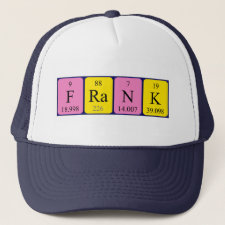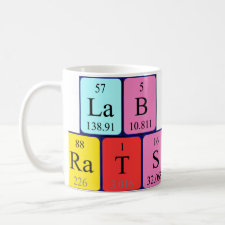
Authors: Holthoff EL, Bright FV
Article Title: Photophysics of 9,10-anthracenediol and a bifunctional sacrificial template in solution and xerogels.
Publication date: 2008
Journal: Applied Spectroscopy
Volume: 62
Issue: (4)
Page numbers: 345-352.
DOI: 10.1366/000370208784046740
Alternative URL: http://journals.sagepub.com/doi/abs/10.1366/000370208784046740
Abstract: Site selectively templated and tagged xerogels (SSTTX) represent a new sensing platform. Although this platform has several attractive features, the template formation process is not fully understood. To address this issue we have explored the photophysics of two model compounds (9,10-anthracenediol and a bifunctional sacrificial template (BST)) when dissolved in solution and when sequestered within a xerogel. The solution experiments show that the carbamate tethers on the BST (which are eventually cleaved to form the analyte responsive sites that make up the SSTTX) do not alter the anthracene residue's intrinsic photophysics. In contrast, 9,10-anthracenediol and BST molecules sequestered within a xerogel sense and report from a distribution of microenvironments. The distribution mean values are very similar, but the variance is statistically greater for the BST-doped xerogel in comparison to the 9,10-anthracenediol-doped xerogel. The most likely causes of this behavior are heterogeneity and electron and energy transfer processes that are controlled by differences in the position/orientation of the anthracene moiety at the pore surface in the Class I (9,10-anthracenediol) and Class II (BST) xerogels. These results also suggest that the initial template sites produced during the SSTTX formation process are not discrete; they are intrinsically more diverse (may be 30%) in comparison to the types of template sites created by traditional molecular imprinting strategies. However, our previously reported SSTTX binding studies do not reveal any evidence for a distribution of analyte-to-SSTTX binding. This apparently anomalous behavior may result because the relative standard deviation of the binding process is intrinsically small and/or one or more of the steps that follow template site formation attenuate the final template site distribution within the SSTTX
Template and target information: bifunctional sacrificial template, BST



Join the Society for Molecular Imprinting

New items RSS feed
Sign-up for e-mail updates:
Choose between receiving an occasional newsletter or more frequent e-mail alerts.
Click here to go to the sign-up page.
Is your name elemental or peptidic? Enter your name and find out by clicking either of the buttons below!
Other products you may like:
 MIPdatabase
MIPdatabase









